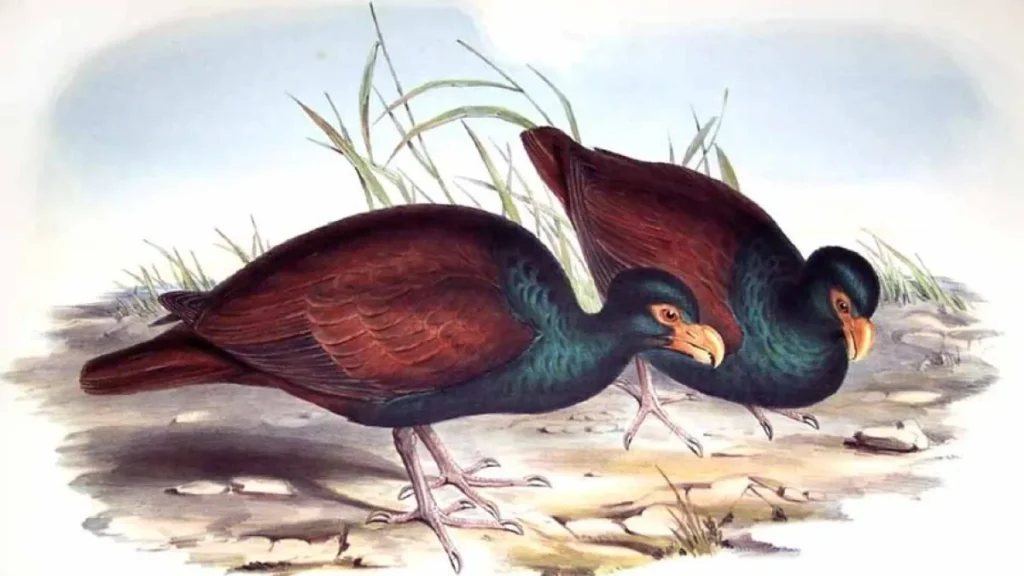Have you ever heard of the tooth-billed pigeon? Also known as manumea, or the “little dodo” (as one of its closest living relatives), it’s so rare it’s considered a “lost” species. One that hasn’t been photographed since 2013, but hope is not lost. Scientists were able to successfully detect a bird in the wild, and now there’s hope that novel bioacoustics technology could help us track them down.
The tech was made possible thanks to a collaboration between The Colossal Foundation (as in, Colossal of woolly mouse and dire wolf fame) and the environmental organization Samoa Conservation Society. In Samoa, the tooth-billed pigeon (Didunculus strigirostris) is considered a national treasure that once scampered about in their thousands back in the 1980s.
Threats from predation by invasive species, as well as habitat loss and hunting, have since decimated their numbers. Now, it’s estimated there are fewer than 100 left. They are a species on the brink, but there are steps we can take to try and prevent their extinction.
First things first, we’ve got to find some, and that’s where this novel bioacoustics tech comes in. The custom-made technology uses an advanced machine learning algorithm that’s capable of detecting the unique calls of tooth-billed pigeons with 95 percent accuracy. How do you build such a thing for a bird that’s so rare? We wanted to know, too.



